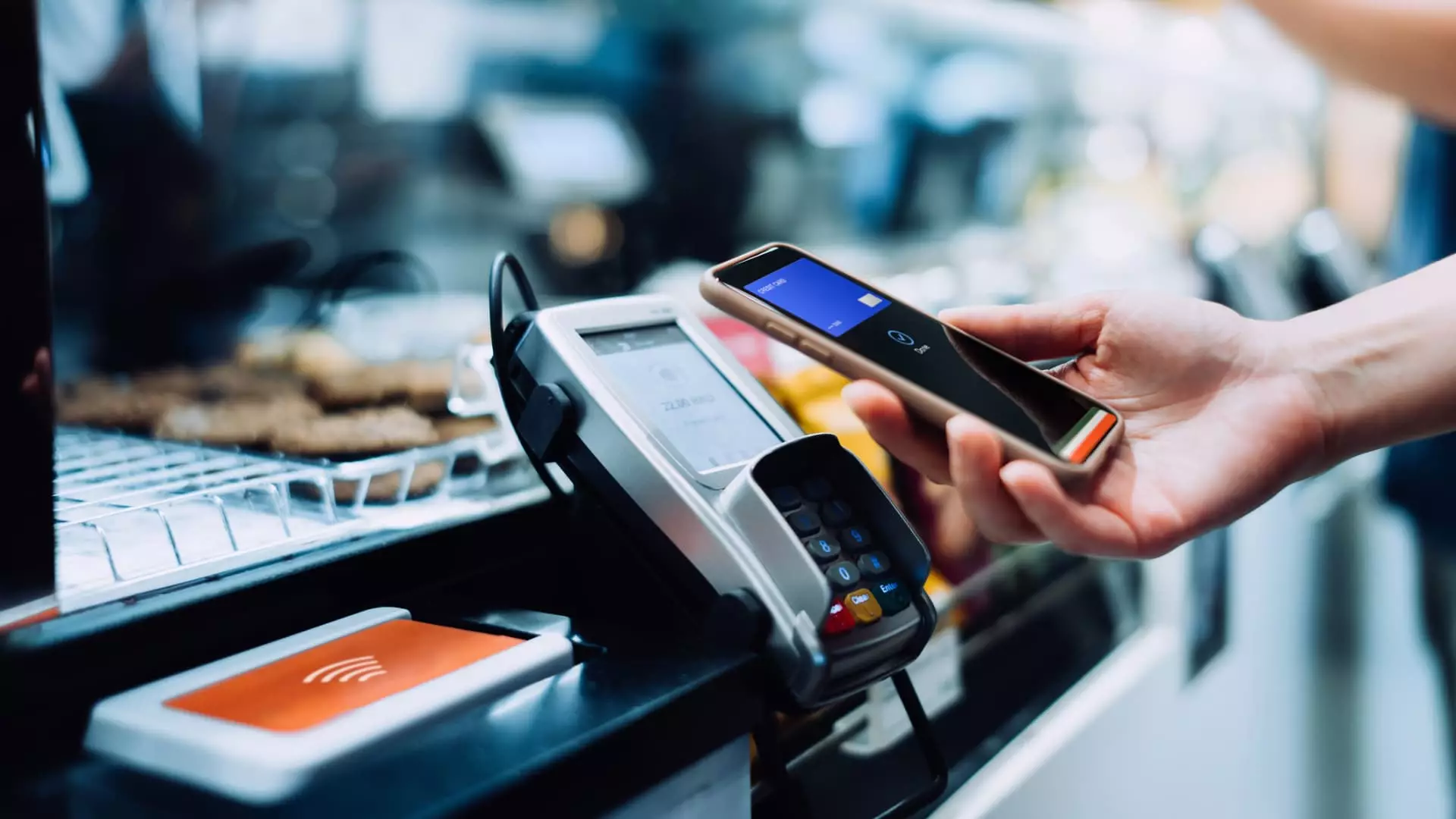The landscape of peer-to-peer payments is witnessing a relentless clash between two titans: Venmo and Cash App. As of recent earnings reports from their respective parent companies, the dynamics of this competition have taken a dramatic turn. PayPal’s Venmo has emerged victorious this quarter, charting a course of robust growth under the stewardship of CEO Alex Chriss. In stark contrast, Cash App, owned by Block (formerly Square), finds itself in a challenging position, highlighting potential pitfalls facing the pay-to-peer payment giants as they strive for market dominance.
Venmo’s Winning Strategy: Engagement and Monetization
Under the helm of Chriss, PayPal has pivoted Venmo into a sustainable growth engine. The platform’s revenue surged by an impressive 20% year-over-year, primarily attributed to an effective monetization strategy that capitalizes on user engagement. Chriss’s commitment to transformation is evident in the way PayPal has embraced innovative features, such as the Venmo debit card and instant transfer options. This emphasis on broadening user interaction allows Venmo to not only retain but also expand its client base—a crucial move in an era where consumer preferences are continually shifting.
Crucially, the combination of user-friendly payment solutions and innovative services has proven effective in driving monetary returns. The reported doubling of Venmo revenue against a 10% rise in payment volume underscores the platform’s ability to convert user engagement into financial success. By focusing on integration within the broader e-commerce environment, PayPal is planting Venmo deeper into the fabric of everyday financial interactions. From what is merely a digital wallet, Venmo is evolving into a comprehensive financial tool that seeks to address multiple consumer needs—an approach that is paying off.
Cash App’s Stumbling Blocks: Identity Crisis and Brand Perception
In contrast, Jack Dorsey’s Block faces a sobering reflection on its recent performance report regarding Cash App. Despite achieving a 10% growth in gross profit, which translates to $1.38 billion, the company fell short of analyst expectations, revealing a significant disconnect between projected and actual results. Block’s failure to meet key metrics may signal deeper issues, notably an identity crisis; many users still do not perceive Cash App as a reliable banking service. Dorsey himself admitted that the company has not directed enough attention to enhancing network density—the very foundation of its service.
Moreover, the limited options available for utilizing funds within Cash App could alienate customers, restricting loyalty and engagement. The app’s initial perception as merely a payment platform seems to hinder its evolution into a holistic banking solution. In Dorsey’s own words, “I just don’t think we were focused enough,” suggesting a critical need for a renewed vision and strategy to elucidate Cash App’s purpose in the fiercely competitive landscape of digital payments.
The Implications for the Future of Digital Payments
As these two companies maneuver through this competitive arena, the implications for consumers and the industry are manifold. Venmo’s focus on enhancing user experience and broadening its financial services may see it solidify its market position, while Cash App’s challenges reveal the pitfalls of underestimating consumer expectations. The potential shift in consumer loyalty becomes an essential consideration; users are more inclined to adopt platforms that not only meet but anticipate their needs.
For those looking to understand the broader impact of this rivalry, it becomes apparent that the future of digital payments hinges on adaptation and innovation. Companies that fail to recognize their users’ evolving preferences risk fading into obsolescence. As the landscape of peer-to-peer payments grows, a power shift may favor those who prioritize user engagement and seamless integration. The question remains—can Cash App rise to the challenge posed by Venmo’s strategic pivot, or will its struggles become a cautionary tale in a rapidly evolving industry?
Only time will tell, but as both companies press forward, their journeys illustrate more than just numbers—they reflect a fundamental shift in how we perceive, interact with, and ultimately define our financial connections in a digital age.

